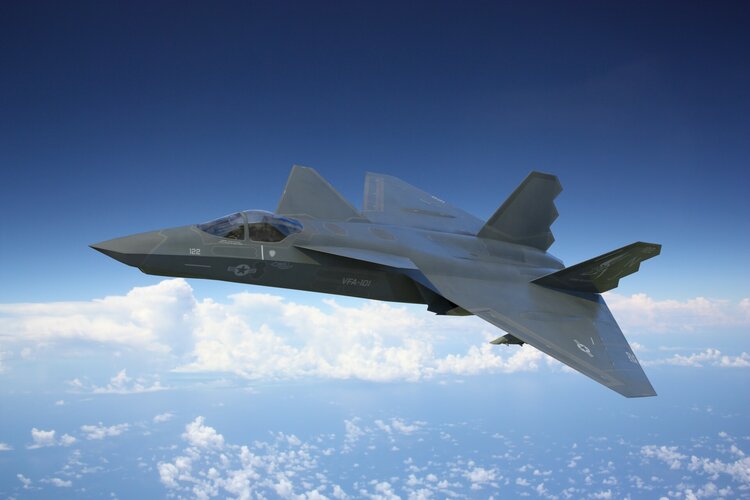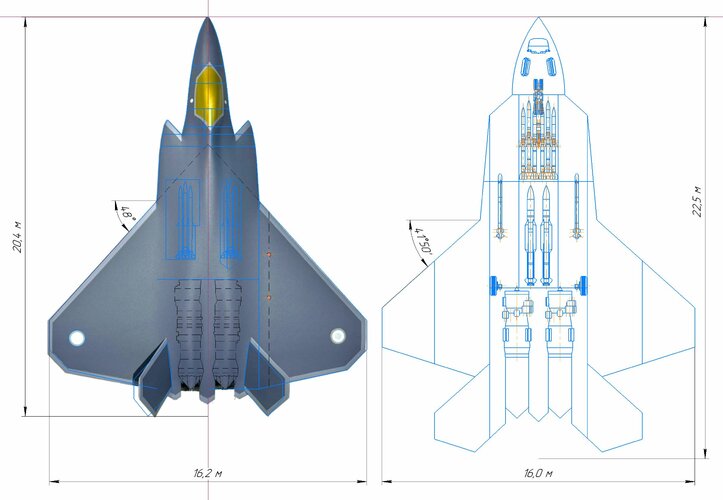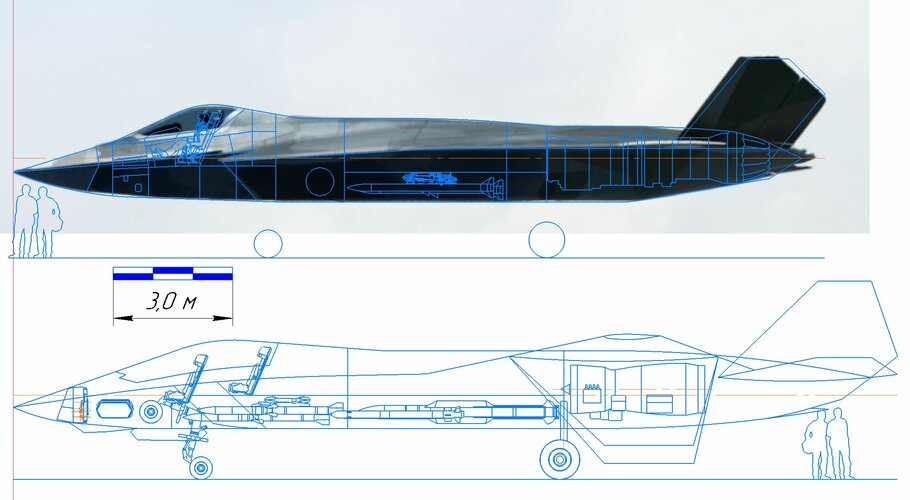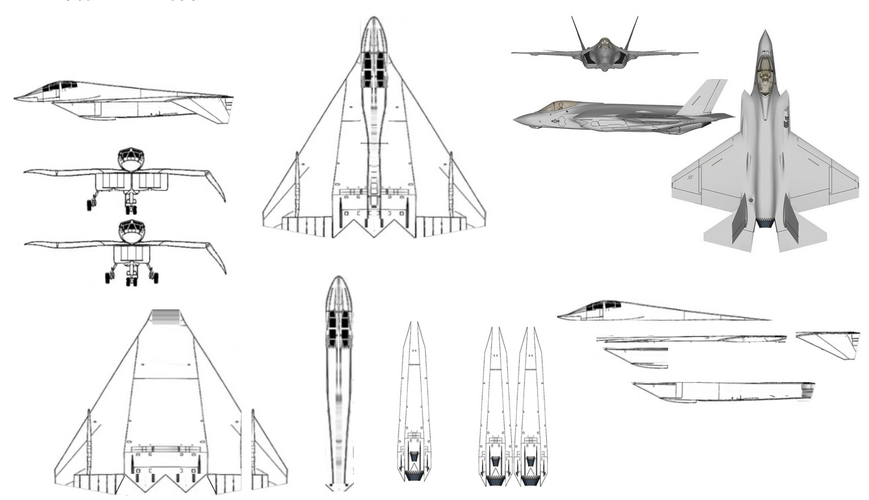FighterJock
ACCESS: Above Top Secret
- Joined
- 29 October 2007
- Messages
- 5,577
- Reaction score
- 5,891
I do wish that Boeing could get all it's problems sorted out sferrin it would be good to see Boeing get awarded the NGAD. At present there is no real competition for Lockheed.





